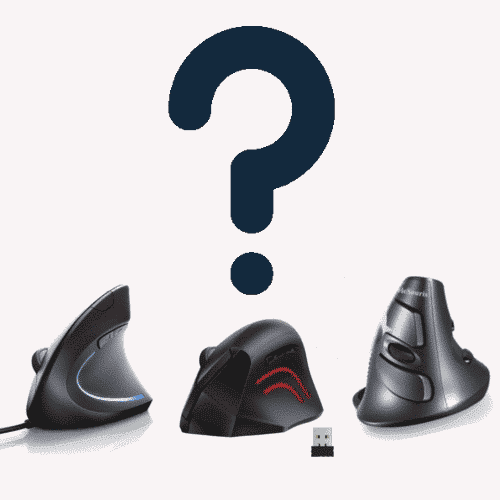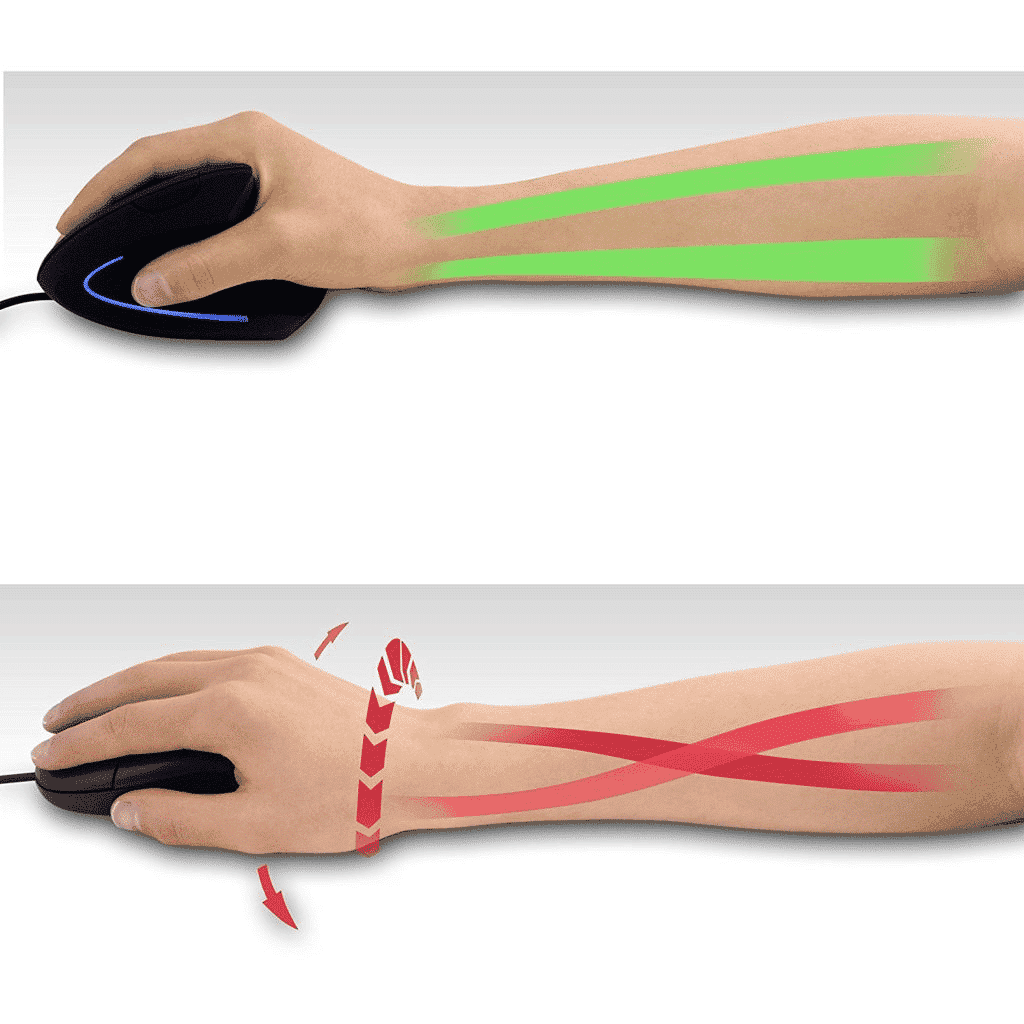Ergonomic mice, to avoid any pain.
How to choose your mouse to avoid pain?
An ergonomic mouse is a computer mouse that adapts to the natural posture of the user. There are many types of ergonomic mice, including vertical mice, trackball mice, and center mice. This buyer’s guide focuses on the criteria for vertical mouse selection.
In conventional mice, the position of the forearm compresses the median nerve, often causing carpal tunnel syndrome with tingling, loss of sensation and loss of hand strength. Comfortable position. Since the wrist is not twisted, the median nerve is not compressed. Why choose a vertical ergonomic mouse? Therefore, ergonomic mice are unfortunately very common and prevent musculoskeletal disorders (MSDs) associated with the regular use of conventional mice. To make the right choices, you have to ask the right questions.
This is the first question you should ask yourself. Of course, there are right-handed and left-handed mice, and a right-handed mouse cannot be used with the left hand. take care of you !
Do you have small or large hands?
A mouse is only ergonomic if it adapts to the size of the user’s hand. Some manufacturers offer models in several sizes. To find out if the size is right for you, compare it to your current mouse size. Note that “small” mice are convenient to use with laptops, but tend not to fit the palm of your hand. It’s completely inappropriate from an ergonomic point of view.
Simply defined, the grip angle of a computer mouse is the angle between your desk and your hand. You should feel no muscle or joint pressure when placing your hand on the vertical mouse.
A traditional mouse has a grip angle of 0°. In other words, the palm is parallel to the desk. A semi-vertical (tilted) mouse has a grip angle of 25°. It’s still not perfectly vertical, but with the palms aligned inward, it’s more comfortable and ergonomic. An angled mouse is a good compromise to reduce wrist fatigue without changing the user’s habits too much. The grip angle of a vertical mouse is almost 90°. This design provides optimal wrist positioning. The palm is inside so your hand can rest naturally. Although it takes some getting used to, the vertical mouse is the most effective ergonomic model for combating musculoskeletal disorders (MSDs).
Is the ergonomics of the mouse buttons customizable?
Wheels, click buttons, modifier buttons… Ergonomics also means that mouse buttons can be customized to suit user preferences and habits. Some computer mice allow you to program the desired action into a button with just a few clicks. This gives you both speed and comfort.
Wired or wireless mouse?
Both types of mice have advantages and disadvantages. It’s up to you to choose according to your tastes…
Wired mouse:
Pros: No charging required!
Cons: Unsightly and inconvenient cable
Wireless mouse :
Pros: No cables lying around your desk (works via Bluetooth or with a receiver that plugs into a USB port), easy to carry to meetings and appointments.
Disadvantages: Charging the battery, often heavy.

Do you want a light or heavy mouse?
Some professionals use the mouse a lot (like graphic designers). In such cases, its weight should also be taken into account when buying an ergonomic mouse. So it comes down to whether you prefer a lightweight mouse or one that’s too heavy. This can apparently strain your hands and wrists. Please note that wireless mice are usually heavier due to the weight of the battery or rechargeable battery.
Finally, what is your budget?
Of course, prices vary by brand, but the average budget for a vertical mouse is $40. Modest amount compared to the costs of osteopathy or physiotherapy caused by musculoskeletal disorders…
So ?
Now you should know the most important criteria to pay attention to when choosing an ergonomic mouse. The choice is now yours!

